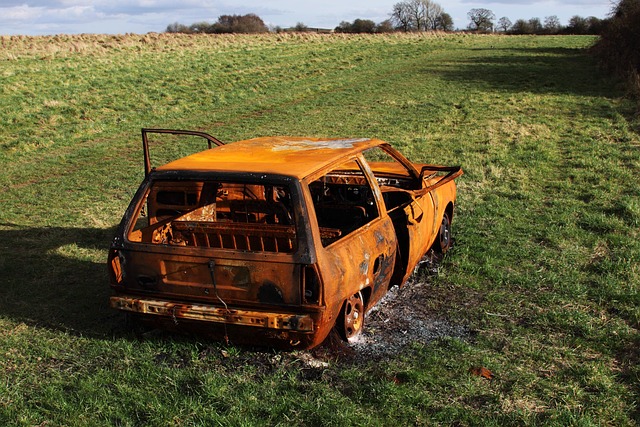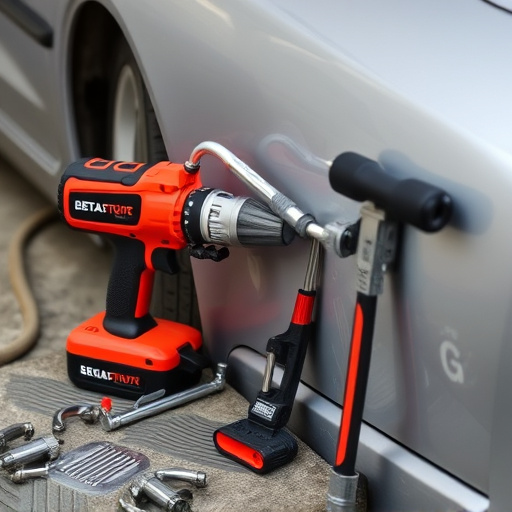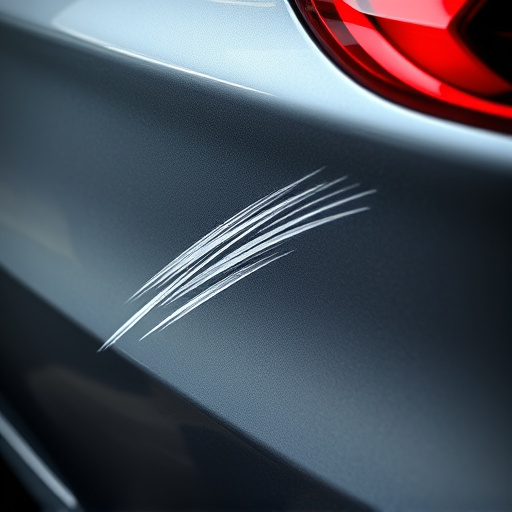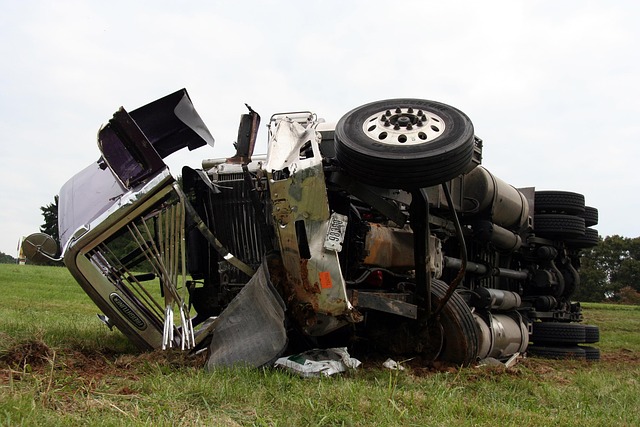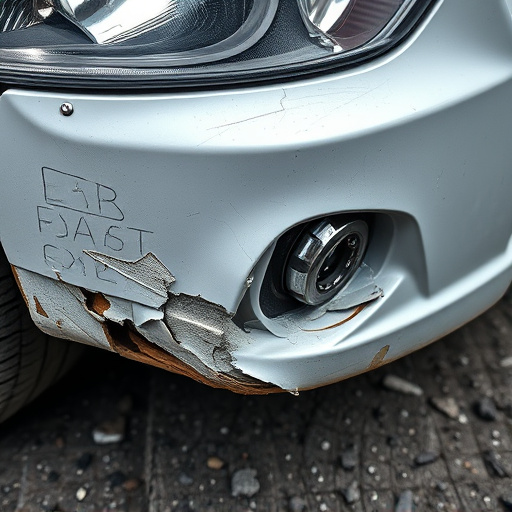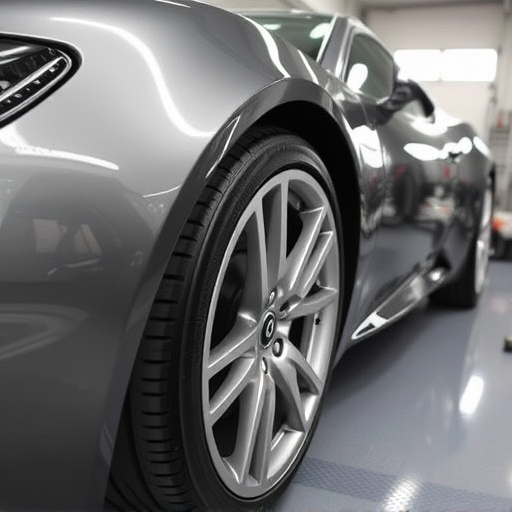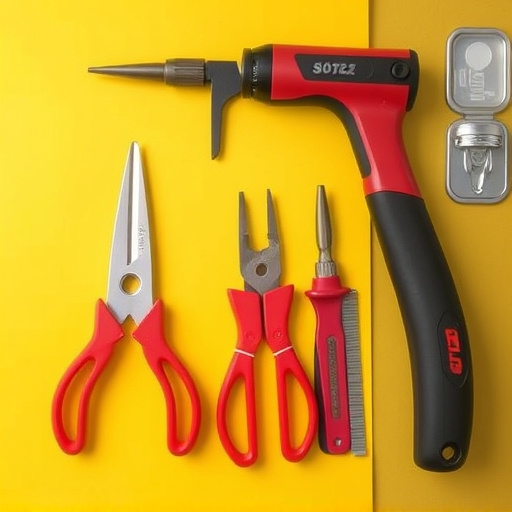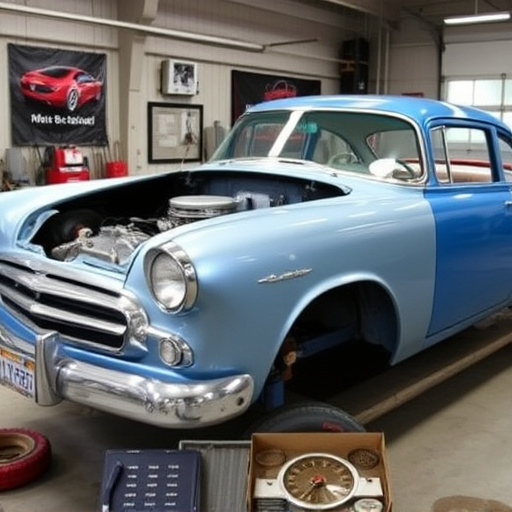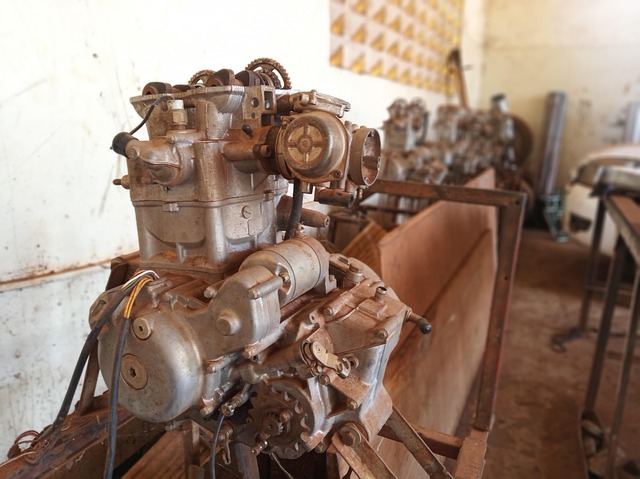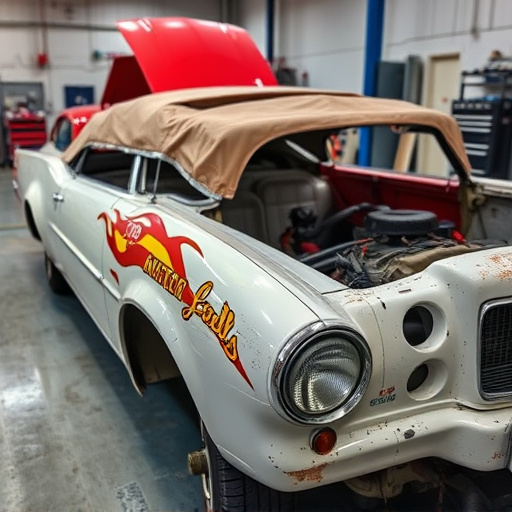The initial assessment at a collision repair facility is vital for your vehicle's restoration. Skilled technicians inspect the car, documenting all damage and outlining required services from minor repairs to complex structural fixes in a comprehensive report. Understanding this report allows informed decisions about care. The process involves advanced tools and precision measuring, with techniques like metal straightening and bumper repair. Quality control ensures exceptional work through meticulous inspections. Transparent communication and timely updates foster customer satisfaction and trust, leading to repeat business and positive recommendations for the collision repair facility.
When you visit a collision repair facility, expect a meticulous process designed to restore your vehicle to its pre-accident condition. From the initial assessment, where technicians inspect and diagnose damage, to advanced repair techniques employing modern equipment, every step aims for precision. Post-repair, quality control ensures standards are met, and customer satisfaction is paramount. Understanding these phases offers insight into the dedication behind fixing your vehicle, ensuring it’s returned to you in top form.
- Understanding the Initial Assessment
- The Repair Process and Techniques Employed
- Post-Repair Quality Control and Customer Satisfaction
Understanding the Initial Assessment

When you bring your vehicle to a collision repair facility for assessment, it’s crucial to understand the initial evaluation process. This step is a critical foundation for the entire restoration journey. The skilled technicians will inspect your car meticulously, examining both visible and hidden damage. They’ll assess the extent of the auto body services required, which could range from minor car scratch repairs to more complex structural fixes.
During this assessment, you can expect them to document every detail, providing a comprehensive report that outlines the necessary repairs, parts needed, and estimated costs. This transparent approach ensures you’re well-informed about the process, enabling you to make informed decisions regarding your vehicle’s care, including choosing the right auto bodywork techniques for its restoration.
The Repair Process and Techniques Employed
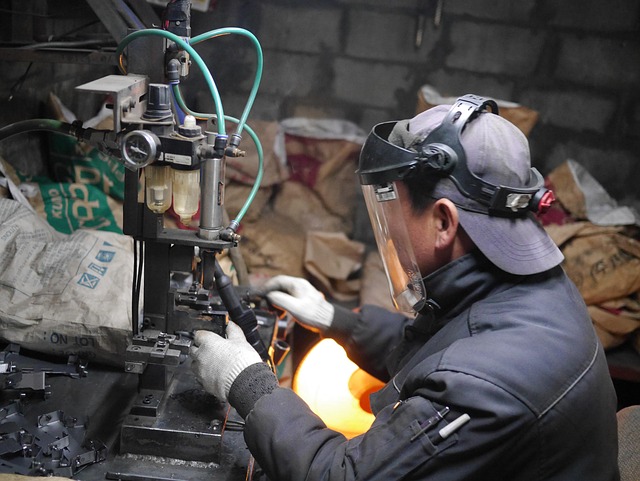
When visiting a collision repair facility, understanding the repair process and techniques employed is key to ensuring your vehicle’s optimal return. The first step involves assessing the damage, which can range from minor dents and scratches to more significant structural issues. Skilled technicians use advanced tools like impact wrenches, specialized hammers, and precision measuring equipment to accurately gauge the extent of repairs needed.
The heart of the process lies in various repair techniques, including straightening metal using hydraulic presses and specialized machinery for complex vehicle body repair. Common procedures include bumper repair, which can be as simple as replacing a plastic component or as intricate as realigning metal panels. The facility’s goal is to restore your vehicle not just to its pre-accident condition but also to maintain or enhance its original aesthetic appeal and safety standards.
Post-Repair Quality Control and Customer Satisfaction

After your vehicle has undergone the collision repair process at a reputable collision repair facility, it’s crucial to have quality control measures in place to ensure the work is up to par. This involves a thorough inspection of the repaired vehicle to verify that all parts have been correctly installed and that the auto bodywork is seamless and free from defects. Skilled technicians will check for alignment issues, paint consistency, and the overall condition of both internal and external components.
Customer satisfaction should always be a top priority for any collision repair facility. This means providing transparent communication throughout the process, keeping customers informed about progress and potential delays, and ensuring their vehicle is returned to them in a timely manner and in excellent condition. A satisfied customer is more likely to return for future repairs and recommend the facility to others, fostering a positive reputation for the body shop services offered.
When visiting a collision repair facility, understanding each step of the process is key. From the initial assessment that determines the scope of work, to the application of advanced repair techniques designed to restore your vehicle to its pre-accident condition, and finally, the rigorous quality control checks that ensure customer satisfaction – every stage plays a vital role in delivering exceptional service. Choosing a reputable collision repair facility means you can trust these experts to navigate you through this process, ensuring your peace of mind and the safe return of your vehicle to the roads.
